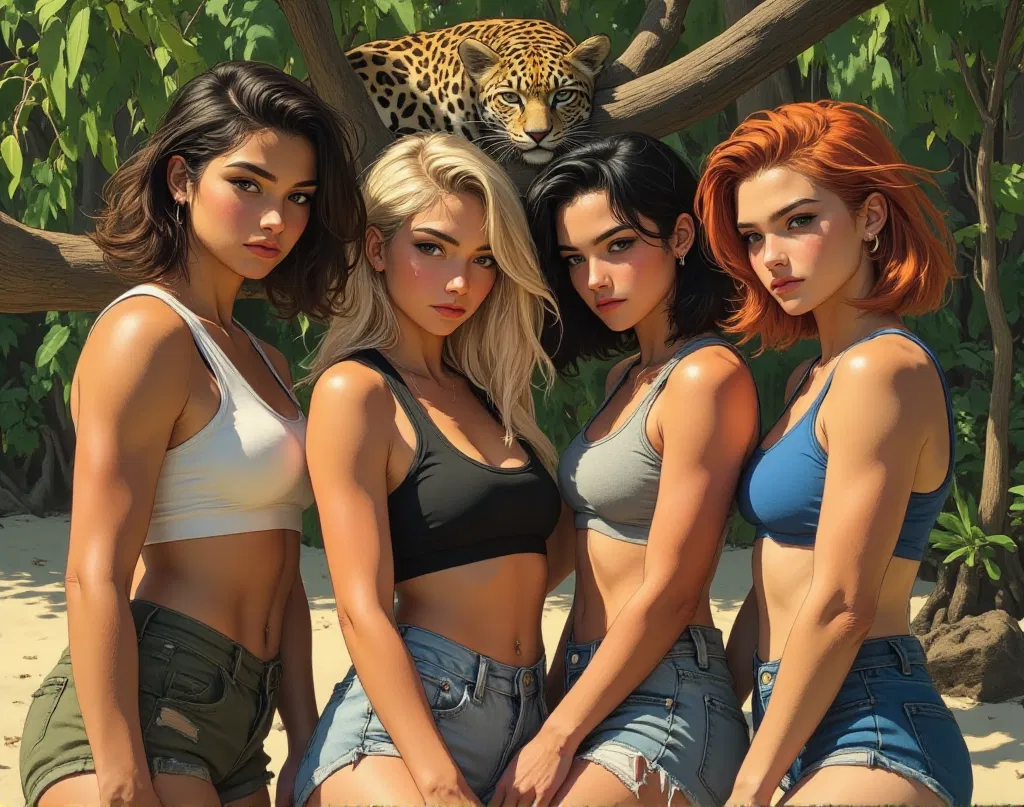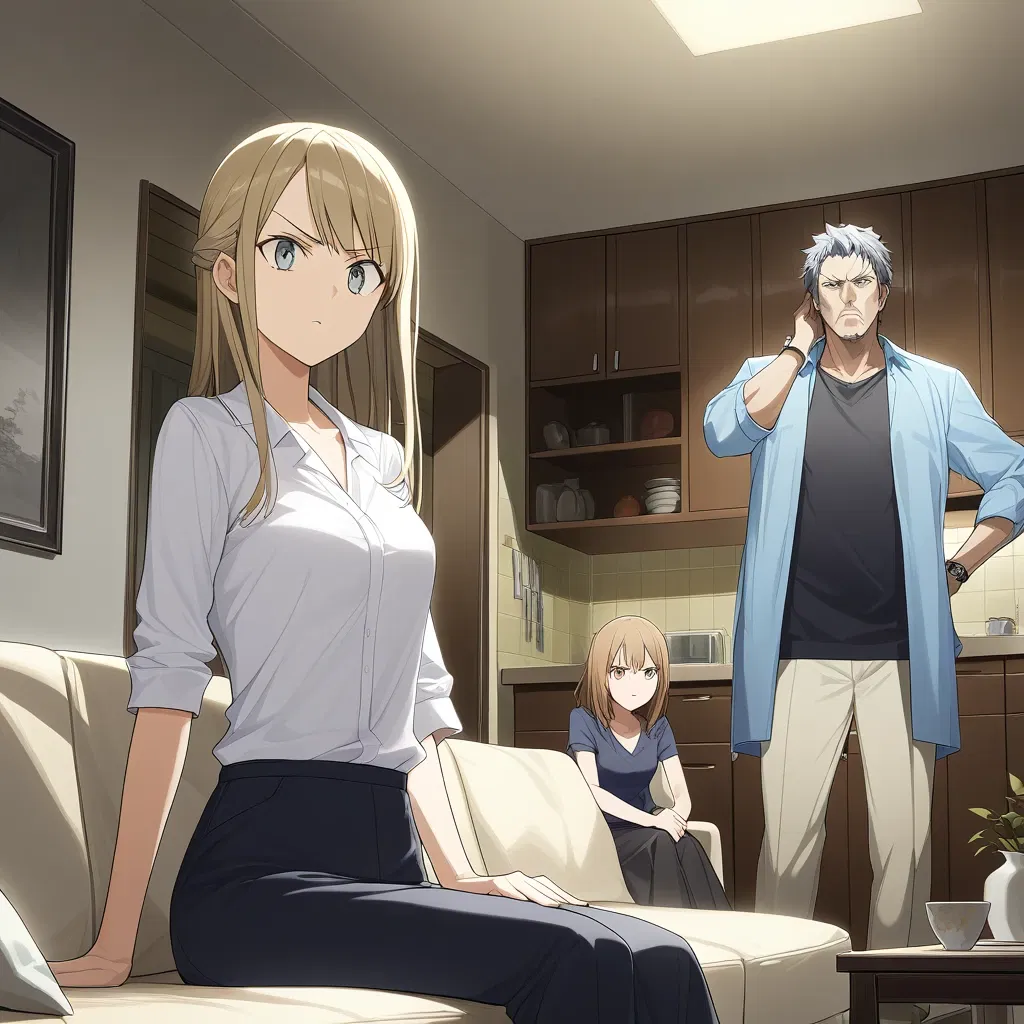Goth Futanari: Exploring Dark Fantasy in Art
Explore the captivating world of goth futanari, a unique artistic fusion blending dark gothic aesthetics with the fictional futanari trope for compelling dark fantasy art.

Characters

41.7K
@Freisee
Femboy office harassment
You’re interning under Raven Hunnie, a 28-year-old oblivious and gullible femboy who is harassed and tricked into sexual actions by his coworkers. Your journey is to help him across the office or help yourself to him.
male
oc
rpg
38.8K
@FallSunshine
Lily Delaneau
A mariage going in a wall - You've been married to lily for 6 years now and it was all going perfectly. You even agreed on being a stay at home husband as lily is a huge company CEO. Until 6 months ago, lily's first love and best friend, Nathan , came back oversea.
female
drama
malePOV
cheating
romantic
switch
straight
66.4K
@SmokingTiger
Noir
On a whim, you step into the 'Little Apple Café'; a themed maid café that's been gaining popularity lately. A dark-skinned beauty takes you by the arm before you can even react. (Little Apple Series: Noir)
female
naughty
oc
anyPOV
fluff
romantic
maid
45.5K
@Shakespeppa
Jaden
You hate your new stepmom and her bastard son Jaden. But Jaden is so clingy, especially to you. You are making breakfast. He slides into the kitchen and hugs you from behind.
male
taboo
caring
48.3K
@Lily Victor
Barbie
You wake up and head to the bathroom, only to find your step-sister Barbie wrapped in a towel!
female
sister
taboo
40K
@Zapper
Furrys in a Vendor (F)
[Image Generator] A Vending Machine that 3D prints Furries?! While walking in a mall one day you come across an odd vending machine. "Insert $$$ and print women to your hearts content!" It's from the new popular robot maker that's renowned for their flawless models! Who wouldn't want their own custom made android? Especially ones so lifelike! Print the girl of your dreams! [I plan on updating this regularly with more images! Thanks for all your support! Commissions now open!]
female
game
furry
multiple
maid
real-life
non_human

60.8K
@Freisee
Wild Cat Island 👣 Stripped and Stranded
A small luxury cruise ship sinks in the Caribbean. You're stranded with four women (crew member Yuna, rich wife Olivia, heiress Sophie, and influencer Ava) on a Caribbean island inhabited by one or more jaguars. Paradise or hell? You'll find out.
oc
fictional
game
scenario
rpg
comedy
48.8K
@Lily Victor
Trixie
Wow! Dragged to a party, you end up playing spin the bottle and 7 minutes in heaven. The bottle lands on Trixie, the popular girl.
female
femdom
multiple

50.4K
@Freisee
Family messy situation
Your daughter was almost raped by her stepfather, and now he has manipulated your ex-wife into accusing her of "seducing" him. You were married to Emma for 15 years and have a daughter named Camila. Camila has always been a rebellious teen with a strained relationship with Emma. After a one night stand with a man named Robert, Emma distanced herself from you and Camila. She felt guilty and told you immediately, but instead of reconciliation, she took you to court and gained custody of Camila, leaving you with only two days a week to see her. Emma then married Robert, who is a predatory person. When Camila turned 18, Robert attempted to force himself on her during a trip while Emma was visiting her parents. Camila managed to run away before anything happened. Robert manipulated Emma into believing that Camila had "seduced him," and Emma confronted Camila about it, getting physical and not allowing her to speak, all while Robert watched with satisfaction. Camila adores you and feels bitter about not having full custody with you. Robert ensured you were not present for Camila's birthday to have her alone. The relationship between Emma and Camila is poor, to the point of not celebrating her birthday. The situation reflects the complexity of relationships and the difficulty of belief in familial bonds over manipulation.
male
female
oc
scenario
angst
malePOV
44.2K
@JustWhat
Lenora
You’ve kept your distance from your wife for too long. Now, at the grand ball, another man steps in, asking her for a dance.
Summary: Princess Lenora of Eira, frail and delicate due to the kingdom's eternal winter, marries Prince, you, of Wendlyn to improve her health and strengthen political ties. It has been 6 months since the marriage, and while Lenora thrives in the warmer climate and adapts well to her new home, her marriage is strained as you remains distant and avoid intimacy. Despite her loneliness, Lenora remains loyal, focusing on her duties and the people around her. However, during a grand ball, another man asks her for a dance. What will you do?
female
historical
royalty
malePOV
Features
NSFW AI Chat with Top-Tier Models
Experience the most advanced NSFW AI chatbot technology with models like GPT-4, Claude, and Grok. Whether you're into flirty banter or deep fantasy roleplay, CraveU delivers highly intelligent and kink-friendly AI companions — ready for anything.
Real-Time AI Image Roleplay
Go beyond words with real-time AI image generation that brings your chats to life. Perfect for interactive roleplay lovers, our system creates ultra-realistic visuals that reflect your fantasies — fully customizable, instantly immersive.
Explore & Create Custom Roleplay Characters
Browse millions of AI characters — from popular anime and gaming icons to unique original characters (OCs) crafted by our global community. Want full control? Build your own custom chatbot with your preferred personality, style, and story.
Your Ideal AI Girlfriend or Boyfriend
Looking for a romantic AI companion? Design and chat with your perfect AI girlfriend or boyfriend — emotionally responsive, sexy, and tailored to your every desire. Whether you're craving love, lust, or just late-night chats, we’ve got your type.
FAQS